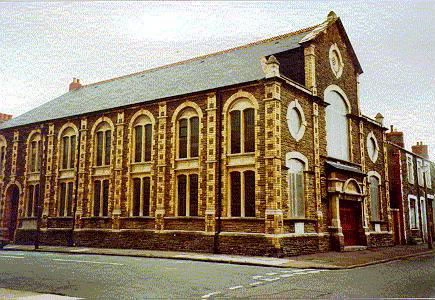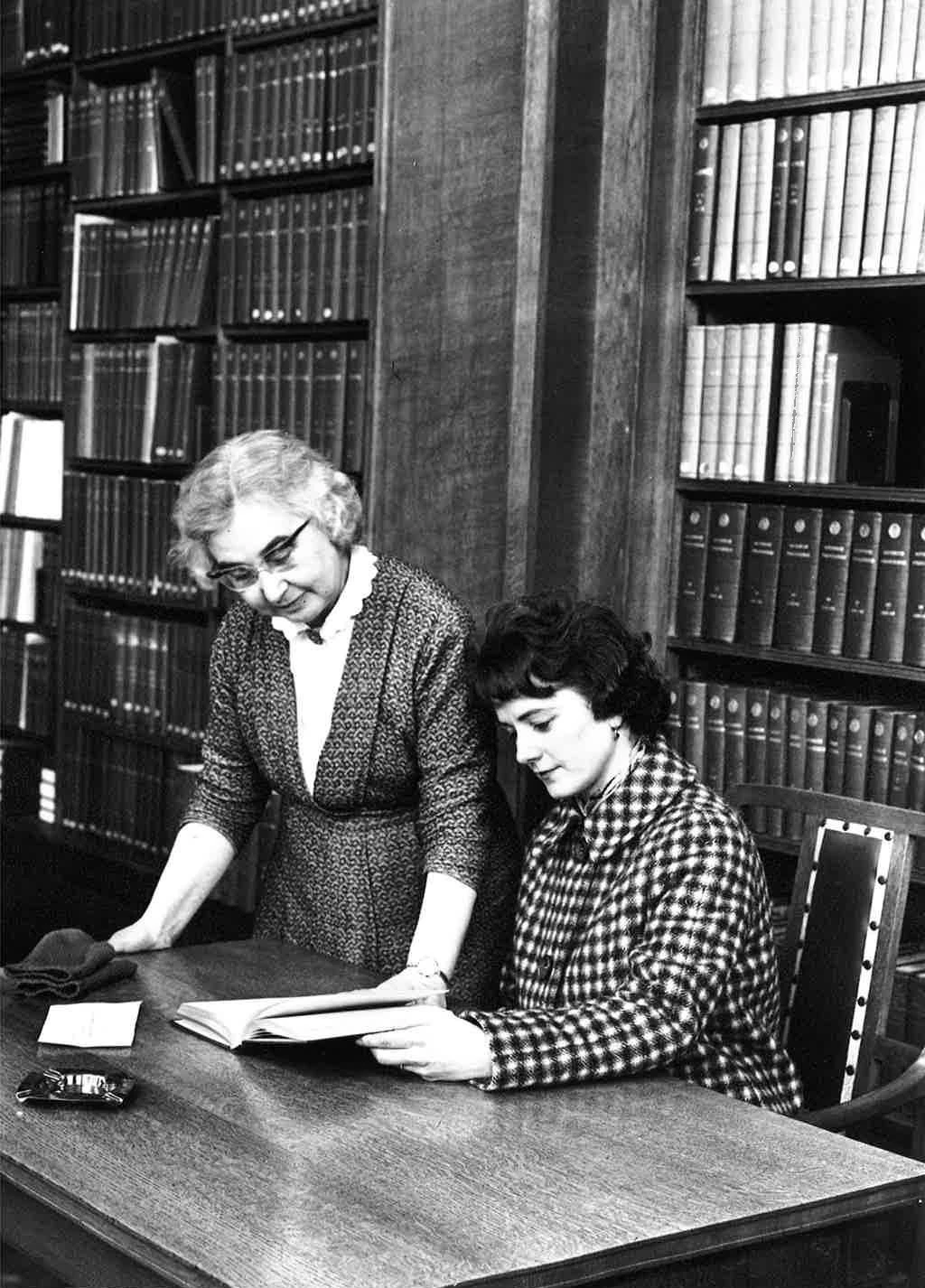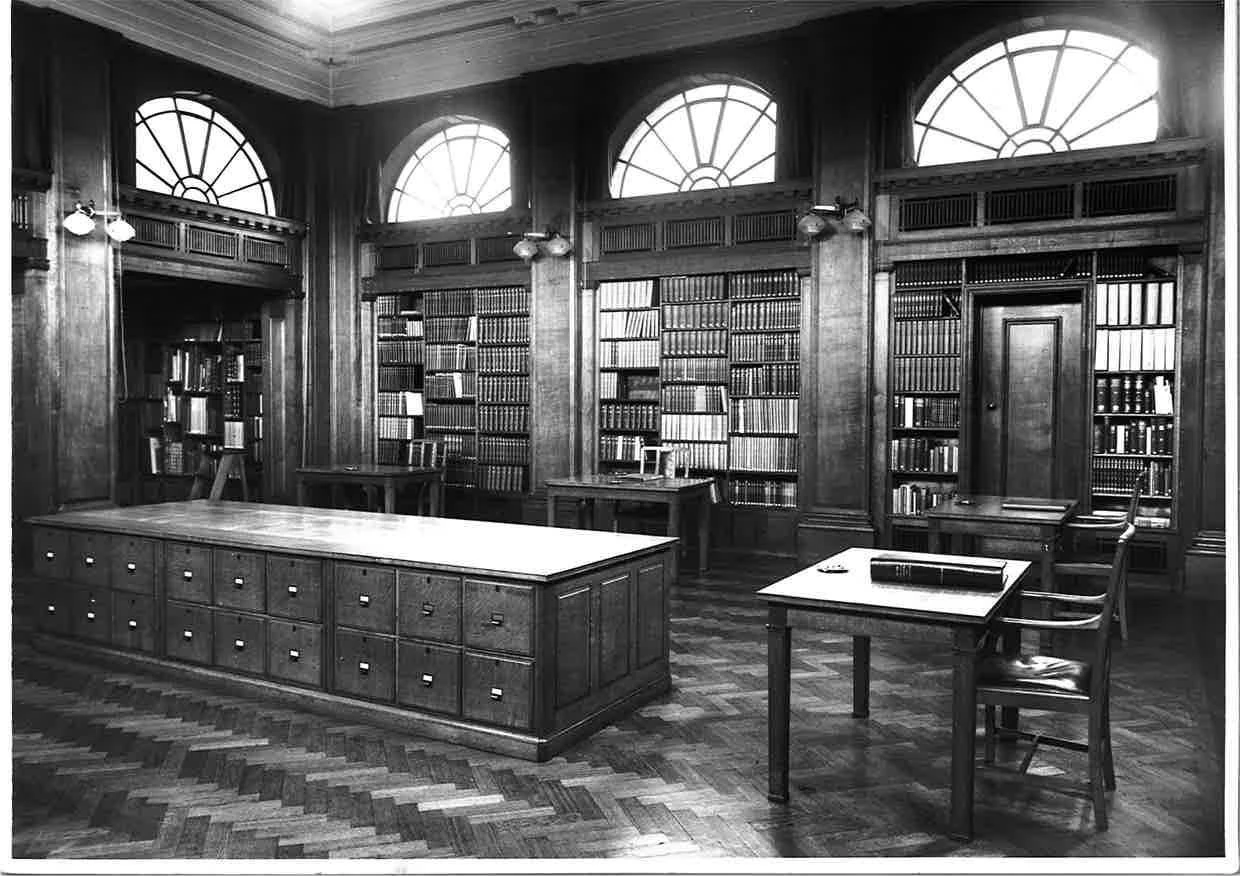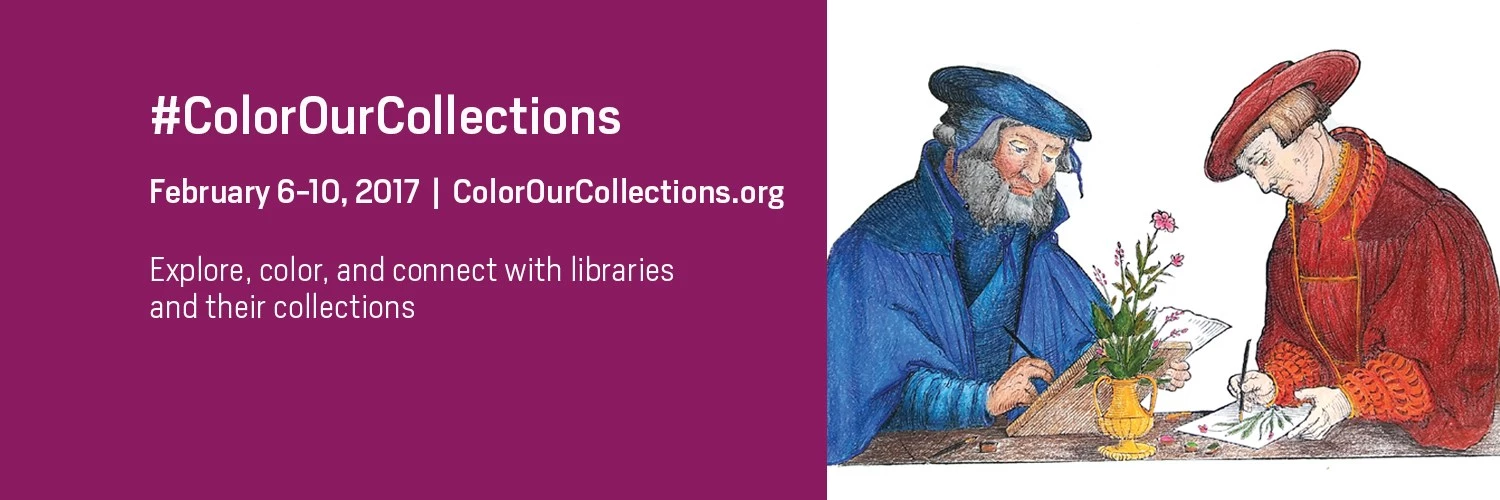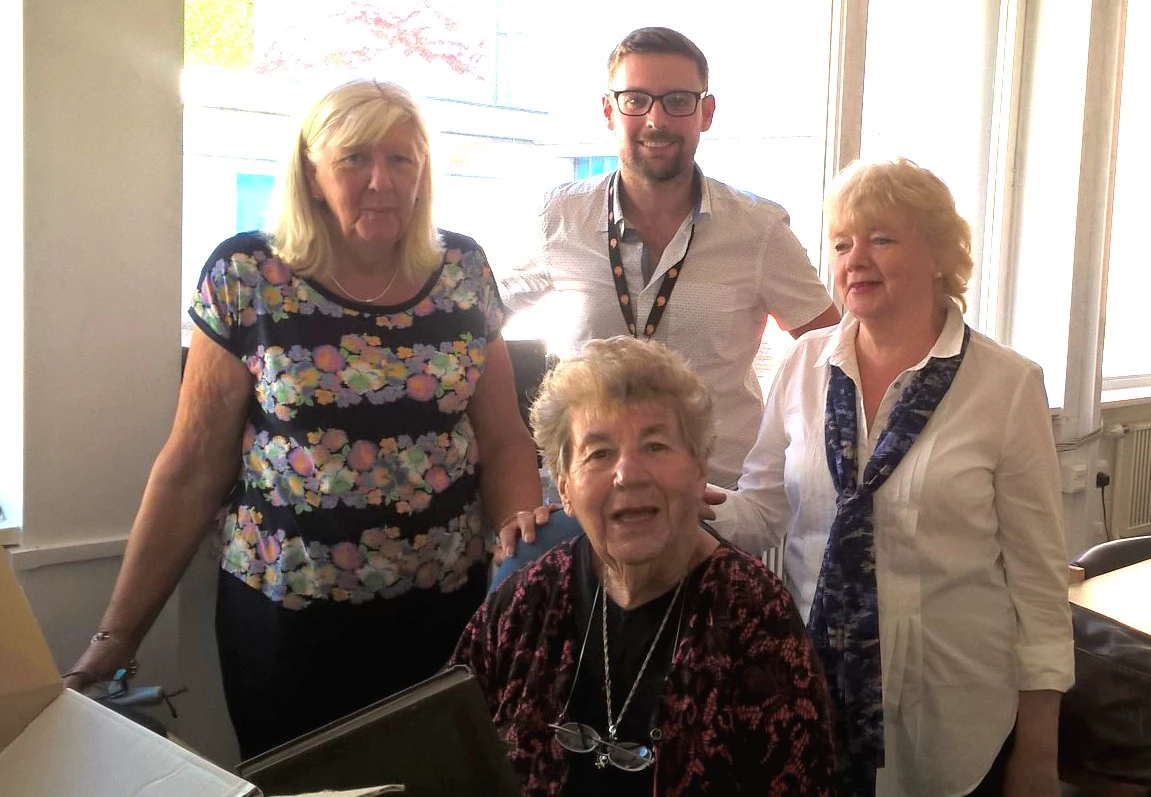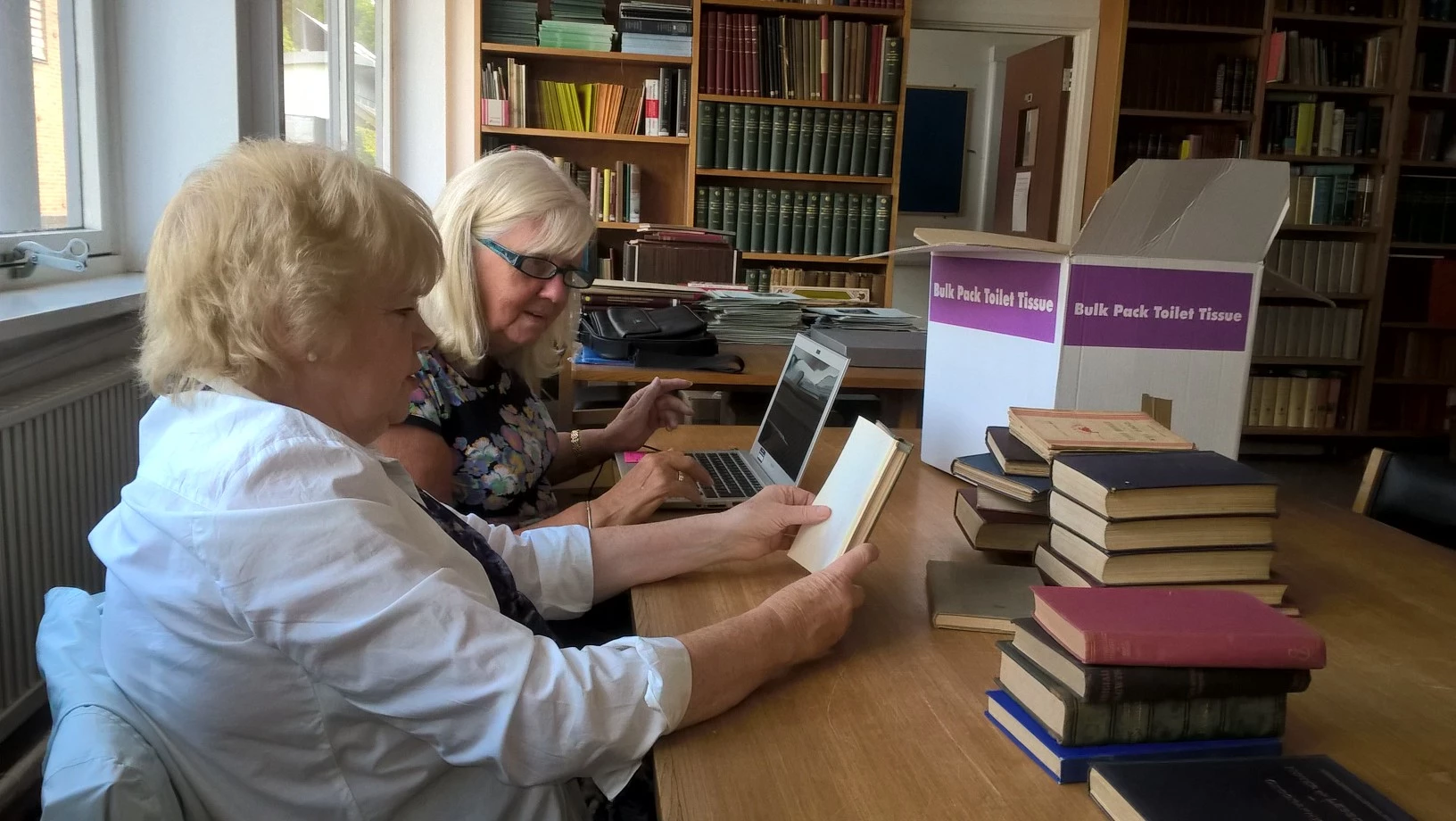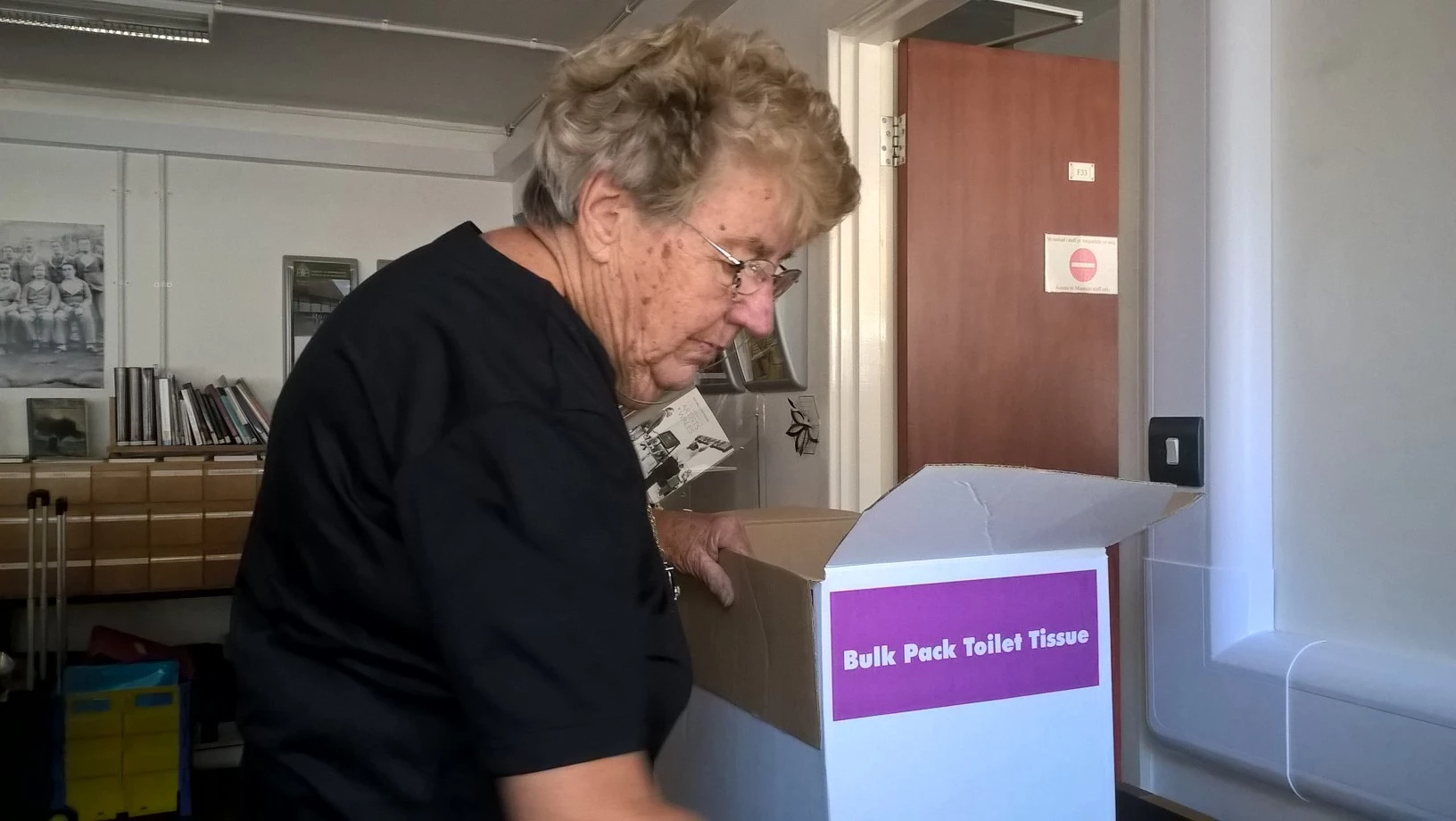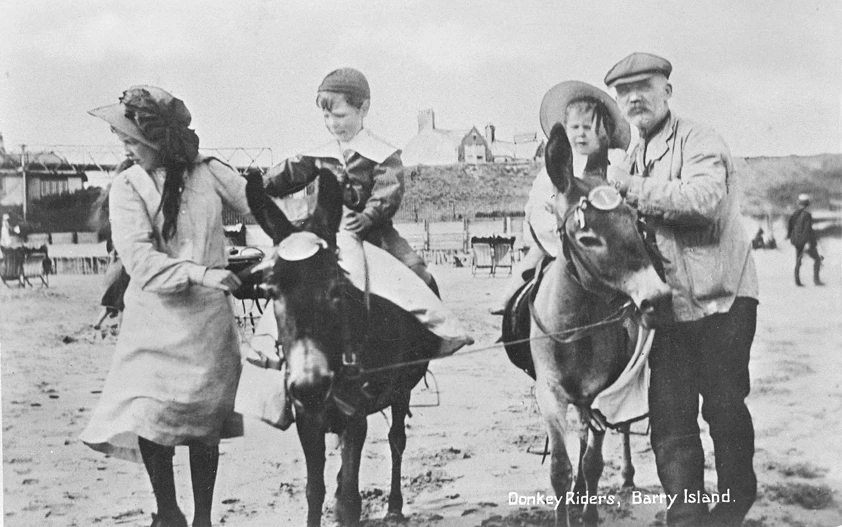Hetty Edwards - Part Two
, 10 August 2017
The next step in my search for Hetty Edwards, was to contact Minny Street Welsh Congregational Church in Cardiff. Beth Jones, General Secretary of Minny Street Church, couldn’t have been more helpful. The church had information about both Gwenfron and Hetty, of which Beth very kindly sent me copies.
The most interesting information came from a personal appreciation written by the Reverend Mair Griffiths which appeared in Yr Aelod, Cylchgrawn Eglwys Minny Street, Rhif 38, Hydref 1992. According to Reverend Griffiths, Hetty had been working in the National Library of Wales for a number of years before she came to the National Museum as Librarian. When appointed Hetty was the youngest Specialist Librarian in the land [Great Britain].
Hetty’s faith was very important to her. She became a member of Minny Street Church in 1931, when she moved to Cardiff from Aberystwyth. She taught in Sunday school and was church secretary from 1945-55 and joint secretary from 1956-9. Hetty was made Deaconess in 1943 and holds the title of the First Deaconess in the Congregationalist Church.
Reverend Griffiths also wrote that Hetty expected a high standard in everything, both of herself and those who collaborated with her.
‘Dim ond y gorau oedd yn digon da’, ‘Only the best was good enough’.
Hetty and Gwenfron were very close throughout their lives. Hetty was very grateful to Gwenfron’s family in Coedpoeth who had adopted her when, at the age of nine, Hetty lost her parents.
Hetty died on the 29th August, 1991. She was 86 years old. A thanksgiving service was held at Minny Street Church on the 5th September 1991. Both Hetty and her sister Gwenfron had been residents at Woodlands Nursing Home, where they had both died peacefully within days of each other. Their ashes were buried in Coedpoeth Public Cemetery after a thanksgiving service for their life and works. Why Coedpoeth? Because this was where both Hetty and Gwenfron were born and raised. Together in life and death.
Now I have a better idea of Hetty the person, my next challenge is to find out more on her career. Hetty is proving to be a very interesting woman. What will my search bring next?

